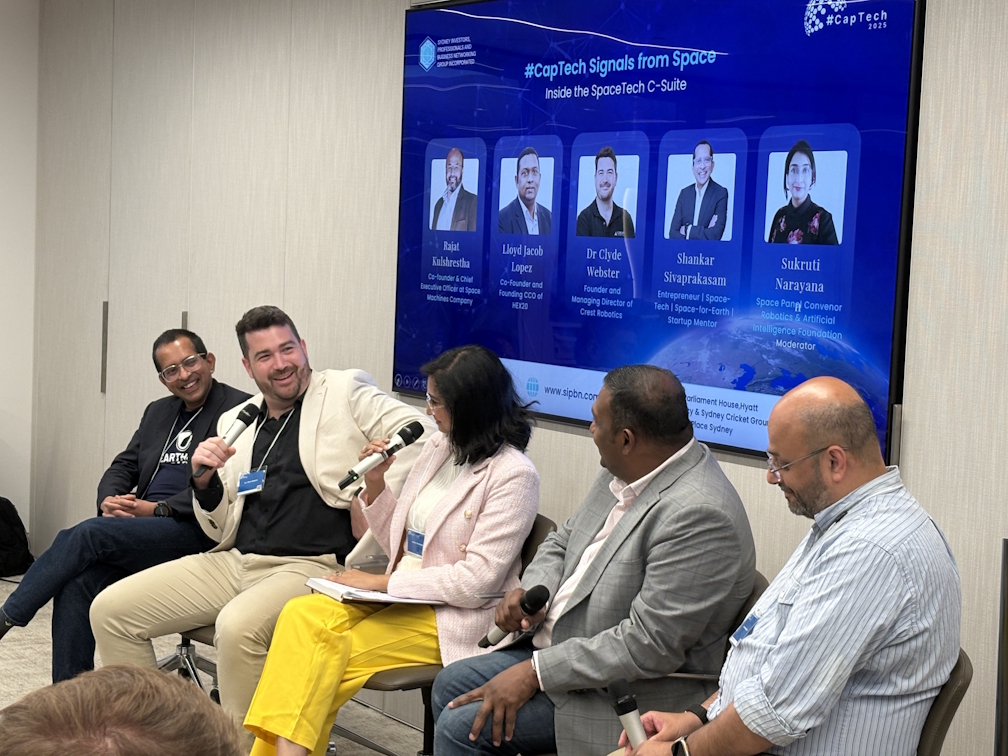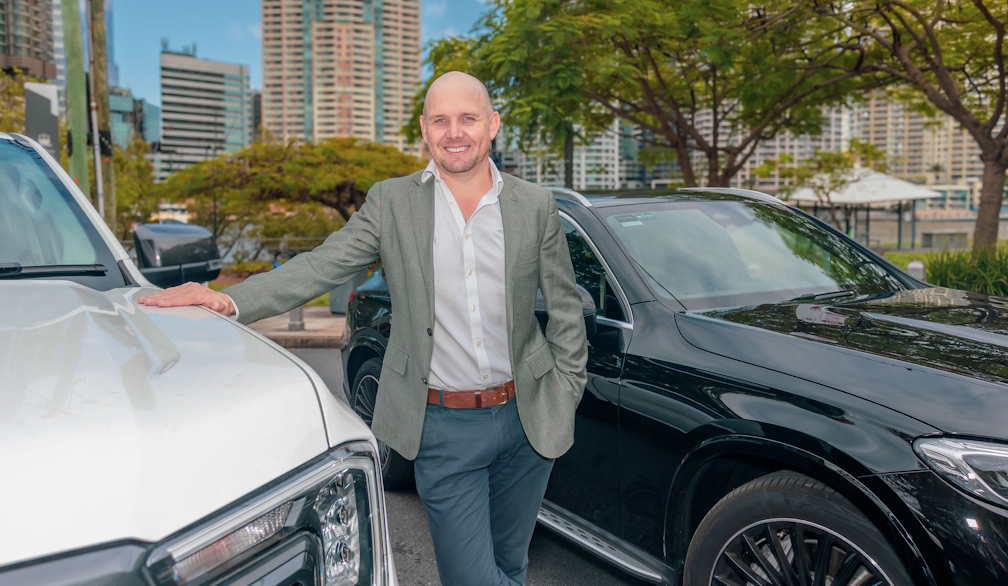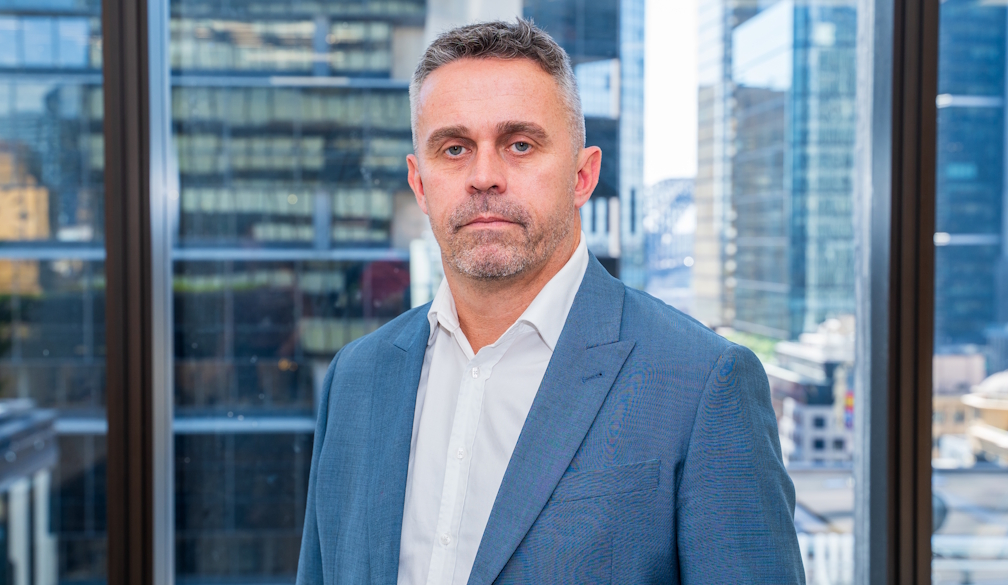Red Light Therapy for Kids: Exploring the Benefits and Safety

Red light therapy (RLT), also known as photobiomodulation, has garnered attention for its potential therapeutic benefits across various age groups. While extensively studied in adults, its application in children is an emerging field. This article delves into the current understanding of red light therapy for kids and its benefits and safety in pediatric populations, highlighting areas such as cognitive enhancement, wound healing, and myopia control.
Understanding Red Light Therapy
Red light therapy involves exposing the body to low levels of red or near-infrared light, which penetrates the skin to stimulate cellular function. This non-invasive treatment is believed to enhance mitochondrial activity, leading to improved energy production and cellular repair.
In children, the potential applications of RLT are being explored cautiously, given the differences in physiology and development compared to adults.
Cognitive Function Enhancement
One area of interest is the potential of RLT to support cognitive development in children. While direct studies in pediatric populations are limited, adult studies provide a foundational understanding.
A study published in Science Advances demonstrated that transcranial photobiomodulation improved working memory in healthy adults by approximately 10% (source). The mechanism involves the stimulation of mitochondrial activity in brain cells, enhancing cognitive functions.
Although extrapolating these findings to children requires caution, the underlying biological processes suggest potential benefits. Further research is needed to confirm efficacy and safety in pediatric populations.
Wound Healing and Tissue Repair
Children are prone to minor injuries, and efficient wound healing is crucial. RLT has been shown to accelerate the healing process by promoting collagen production and reducing inflammation.
A study in Lasers in Medical Science found that red light therapy improved wound healing by increasing collagen production and promoting cellular regeneration (source). These findings suggest that RLT could be a valuable tool in pediatric wound care, offering a non-invasive method to enhance recovery.
Myopia Control
The prevalence of myopia (nearsightedness) in children is rising globally. Recent studies have explored the use of RLT in slowing myopia progression.
A randomized clinical trial published in Ophthalmology demonstrated that repeated low-level red light therapy (RLRLT) effectively slowed myopia progression in children (source). The therapy was administered using a desktop device emitting red light at 650 nm wavelength, with sessions conducted at home under parental supervision.
These findings indicate that RLRLT could be a promising non-pharmacological intervention for myopia control in pediatric populations.
Safety Considerations
Safety is paramount when considering RLT for children. While studies have reported minimal adverse effects, long-term safety data in pediatric populations are limited.
A study assessing the safety of RLRLT for myopia control found no treatment-related adverse events over a 12-month period (source). However, concerns have been raised about the potential for overexposure and the need for standardized treatment protocols (source).
It is essential for parents and healthcare providers to consult with qualified professionals before initiating RLT in children, ensuring appropriate device selection and usage parameters.
Practical Applications and Considerations
For parents considering RLT for their children, several practical aspects should be addressed:
-Consultation with Healthcare Providers: Before starting RLT, discuss with pediatricians or specialists to assess suitability and establish treatment protocols.
-Device Selection: Choose devices that are specifically designed for home use, with appropriate safety certifications and guidelines.
-Supervised Usage: Ensure that sessions are conducted under adult supervision, adhering to recommended durations and frequencies.
-Monitoring and Evaluation: Regularly assess the child's response to therapy, noting any improvements or adverse effects, and adjust treatment accordingly.
By taking these precautions, parents can responsibly explore the potential benefits of RLT for their children's health and well-being.
Conclusion
Red light therapy presents a promising avenue for supporting various aspects of children's health, including cognitive function, wound healing, and myopia control. While emerging studies offer encouraging results, comprehensive research in pediatric populations is necessary to fully understand the efficacy and safety of RLT.
Parents interested in exploring RLT for their children should do so under the guidance of healthcare professionals, ensuring informed decisions and appropriate usage.









